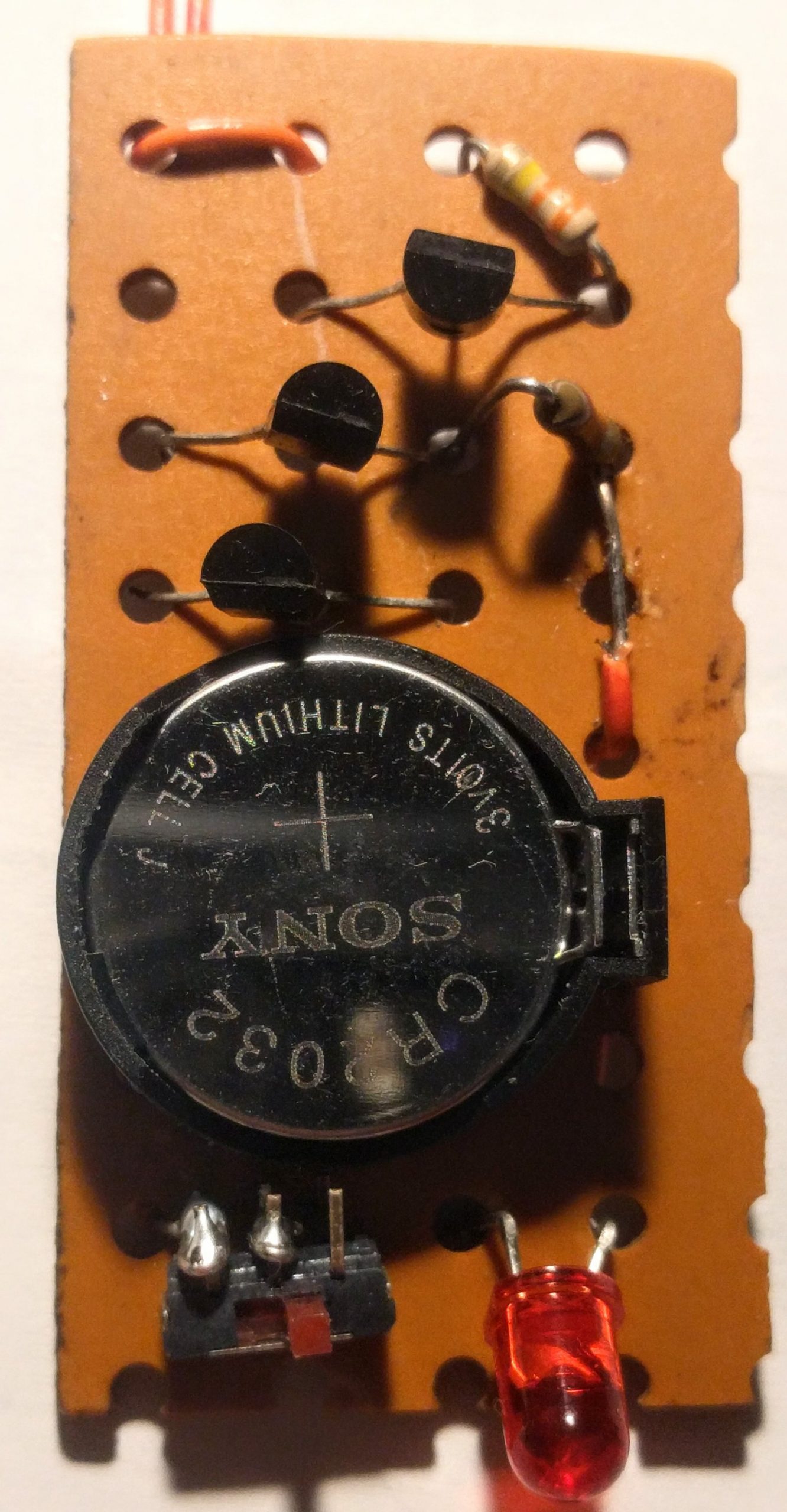A string of LED xmas lights had been fritzing on and off, then it finally failed. I had to pull out 4 lights before I found two that were dead. I had to file off the ridge around the base to get them to fit properly into the base. So it’s back working again.
It so happened that both bad ones were blue, which led me to believe that since blue has the highest forward voltage, they get the warmest and go bad first. Or instead, is it that the LED string has to handle the peak reverse voltage of the AC line, which is 180 volts? The LEDs flicker at 60 Hz so there is no filter capacitor. I don’t think there is a capacitive dropper hidden in the plug.
I was thinking about how to prevent the series string of LEDs from all going dark when any one LED goes open. I have thousands of 1N4731 4.3 volt Zener diodes that I could probably put across each LED so that if it goes open, the current would flow through the zener instead and keep the string running. But I would have to butcher the wiring to hide them where they’re not a shock and safety hazard.
One other thing that puzzles me is why there are 2 wires from the plug to the first LED then 3 wires between the rest of the LEDs. Maybe I’ll do some searching online for a wiring diagram.
To help trace down the presence of AC on the wires, I made the circuit commonly found on the web that has three transistors connected so the emitter of the first feeds the base of the second and the emitter of the second feeds the base of the third. This gives a compounded current gain of about 200 times 200 times 200 or about 8 million. So the AC electrostatic field of a ‘hot’ wire near the 4 inch antenna lights up the red LED. The 3V coin cell is a bit underpowered – it would be brighter with a 6 volt battery.
